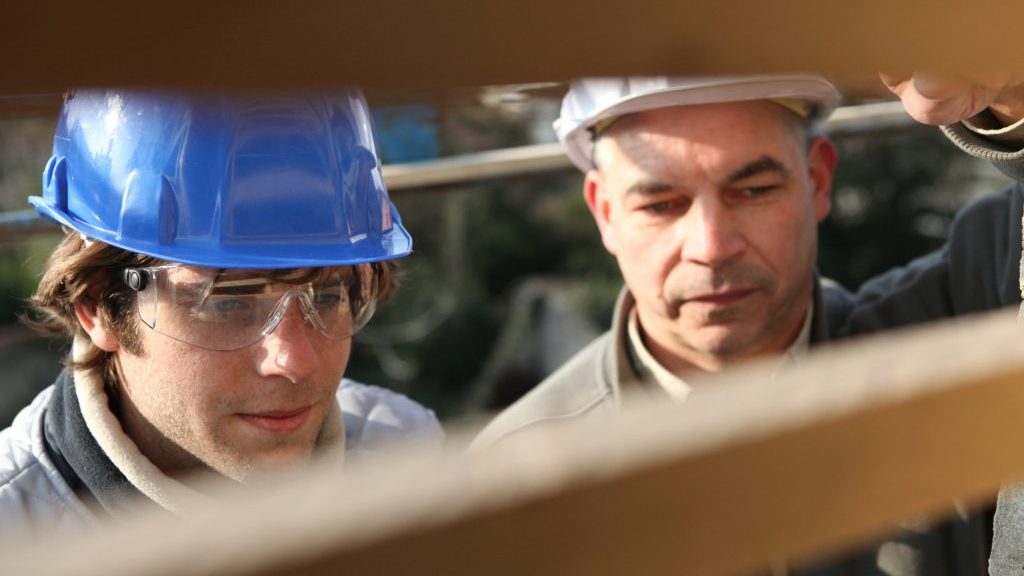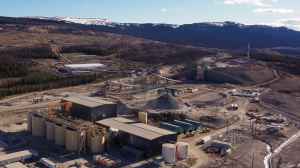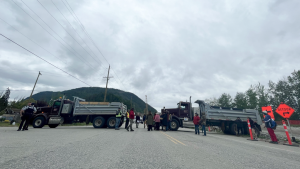There’s a slow but steady trend towards more prefabrication, off-site construction and modularization in Canadian construction.
Although there are subtle differences between the three terms, they are often used interchangeably. Here, for sake of simplicity, they will be referred to collectively as prefabrication or prefab.
Construction consultant Mark Taylor, who is a former vice-president of permanent modular construction with a large Canadian builder, says prefab construction combines elements of both construction and manufacturing.
“It’s manufacturing, because it’s done in a factory, but it’s also construction, because the prefabricated parts have to be assembled onsite,” he said.
Prefab construction is also known as Design for Manufacture and Assembly (DfMA), especially in the United Kingdom and Europe.
“Canadian prefab manufacturers have a long way to go to catch up to European builders,” Taylor said. “The Canadian prefab process can be streamlined greatly, but it will require using more digital technology.”
In addition to being fast and efficient, prefab construction is safer than onsite construction, says Taylor.
“The hazards are the same in both cases, but the risks and the consequences of an incident are different,” he said. “The risks are greatly reduced in a factory environment. For example, most falls in a factory will be less than one storey, but onsite they could be multiple storeys.”
Craig Mitchell, the director of innovative solutions at Metric Modular in Agassiz, B.C., says Metric’s operation is more manufacturing than construction.
“We employ approximately 150 workers in our plants in Agassiz and Penticton,” said Mitchell. “The number of onsite workers varies with the number of trades required to complete a project, but on a large project, such as a hotel or a student dormitory, there may be as many as 80-120 at its peak on-site.”
Mitchell says Metric’s manufacturing process has17 assembly stations in its factory.
“They assemble such components as walls, flooring, plumbing rough ins, kitchens and bathrooms,” he said. “On-site construction is dependent on a particular task being completed before the next one can be started.
“Prefabricated construction tasks, on the other hand, can be done out of sequence, with components being brought to the assembly line as they are required.”
Mitchell says prefabrication reduces the time it takes to complete a project by between one-third and one-half.
“In addition, the remaining work onsite requires fewer people, which reduces risk in terms of supervision of people and greater control over safety processes,” he said.
Prefabrication is becoming more common in cities where labour is scarce and expensive, and demand for new construction is high.
“We are seeing growth in this industry in multi-family construction, affordable housing, hospitality and education,” said Mitchell.
Its increasing popularity notwithstanding, modular construction still has plenty of room to grow in North America.
Currently, commercial modular construction makes up only around four per cent of overall Institutional Commercial and Industrial (ICI) construction volumes on this continent.
Mitchell says offsite construction is inherently safer than site-built construction.
“It is usually done at ground level in a well-lit, dry and well ventilated building out of the weather elements,” he said. “The risk from working at heights is virtually eliminated and is better controlled in a factory setting than out on a job site.
“However, there is still a site-built element of risk that needs to be taken into account. Because the building pieces need to be assembled on site, not all risk is eliminated.”
Mitchell says there are similar hazards in both workplaces: Slips, trips and falls, complacency and hazards that come with the use of cranes and mobile equipment.
“The primary difference is the hazards encountered in the manufacturing plant are relatively static throughout the process, because it is a controlled environment, while the hazards of site operation change as the project evolves, such as weather conditions through the season,” said Mitchell.
Metric Modular has a single, integrated safety program for its factory and on-site construction operations.
“The WorkSafeBC regulations apply to both aspects of our business operation, so the tenets that apply to manufacturing also extend to our site operations,” he said. “However, we do have two site-specific safety plans that identify hazards at the two different places of work.”
WorkSafeBC (WSBC) data backs up Taylor and Mitchell.
According to WSBC numbers collected for 2014-2018, workers in manufacturing and construction have similar kinds of the most commonly reported accidents – falls, over-exertion, being struck by an object, etc.
The main difference is that in manufacturing nine per cent of accidents are classified as “fall on same level,” while in construction 24 per cent – almost three times as many – are “fall on same level” or “fall from elevation.”











Recent Comments
comments for this post are closed